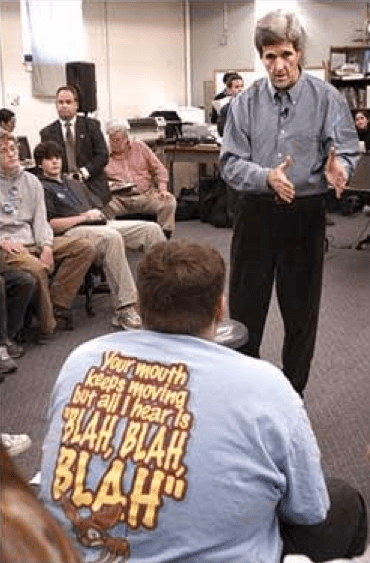PAUL BRACKEN ON THE IRAN DEAL DEBACLE:
Any negotiation can be looked at in two different ways. First, there is the immediate deal and how it is reached. The focus is on who won and who lost, and whether the deal is one-sided or reasonably balanced. The questions are how shrewd were the negotiators, could they have gotten more, or were they hoodwinked into giving up too much? Call this focus “the art of the deal.”
The other approach looks at the long-term consequences of a negotiation. Here the questions are how the agreement fits into each side’s strategy, and how unanticipated political and strategic developments could affect behavior. Most important, a longer-term framework focuses on the residual capability that exists after an agreement. Are organizational structures dismantled, systems taken down, and key staff dispersed?
The biggest mistake in any negotiation is to confuse these two approaches. Rather, the two approaches should be integrated into a balanced overall strategy. In the Iran agreement the focus has been on the art of the deal, that there was no better deal to be had, and that the United States got more in the agreement than many people expected. All of these things may be true—and to a reasonable extent I think that they are. But this isn’t a “good deal” from the long-term point of view. Highlighting the laudable energy put into the agreement by the United States team makes good political sense. After all, the deal has to be sold. As a practical matter putting the focus on the art of the deal is one way to do this. But it doesn’t put the spotlight where it belongs, on the consequences down the road.
There are two such consequences that are worrying. First, the Iran agreement is likely to increase the spread of nuclear weapons, both in Iran and in the Middle East; it doesn’t alter the strategic environment in any way, nor are there other initiatives underway to do this. The other feature of the agreement that is worrying is that it barely touches Iran’s residual capability to get a bomb. All of the knowhow, institutes, and systems to do so remain in place, even if some of them are monitored. A largely unrestrained residual nuclear capability remains in a strategic environment that Iran considers extremely dangerous. This gives Tehran considerable scope for strategic and political moves to get atomic weapons.
So, about what you can expect from the Gang That Can’t Shoot Straight. Meanwhile, I still love this picture:
I wonder if you can get this t-shirt translated into Farsi?

